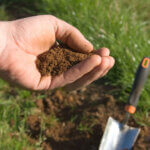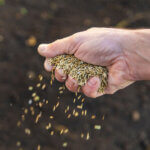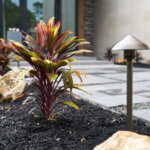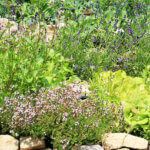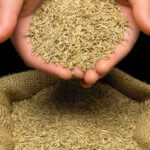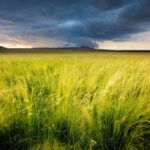How to Care for a New Lawn
New grass care is relatively simple. A new lawn needs just the right amount of water and plenty of rest. It’s a good idea to plan for your watering needs before the lawn is even planted. After all, over- and under-watering are the 2 most common reasons that a new lawn fails to thrive. Between Read more…


